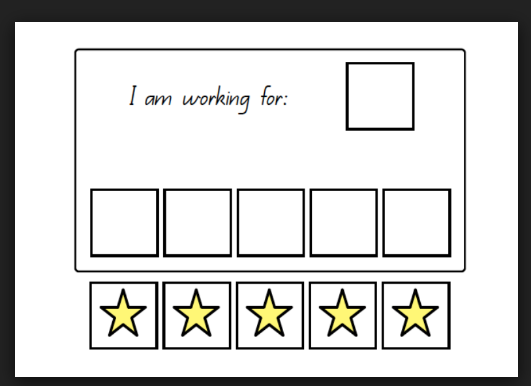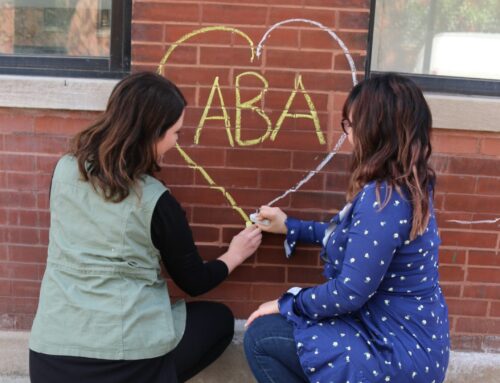Therapists and teachers often hear this common phrase from parents/caregivers: “If only my child were like this at home!!!” It’s no secret our clients often behave differently in the home vs. therapy environment. Much of this has to do with differences in expectations, the influence of peers, structure, and routine. But this therapeutic environment doesn’t just come together like magic; it takes a lot of work from everyone on that client’s team. But, don’t worry! There are many strategies that therapists implement in the clinic that parents/caregivers can also implement at home to reflect a more structured therapeutic environment (and they are fairly easy to start, too!!). This blog gives some strategies that can be implemented at home to give your child a more structured environment.
Schedules: setting the scene for success
Children thrive when they understand expectations and are given an environment and structure to succeed. Start by keeping common routines (like getting ready and going to bed) at the same or closely similar times each day. Keep these routines very structured, with the same kinds of things occurring each time. For example, bedtime will always be at 8. So, at 7 we take a bath. Then Pjs, then brush teeth, then storytime, then snuggles with mom and dad, then lights out and our sleepy time alarm clock on (set for the same time each morning). Often, written and visual schedules will help further with this process, as children can cross things off/take things off their schedule as they go along. This predictability and routine will help things move along smoothly!
First/Thens and Timers: knowing what to expect
Sometimes a simple shift in the WAY we say and present things can make all the difference. Transition warnings, timers, and first/thens are excellent and easy tools for home. For example, maybe hair brushing is a non-preferred activity. So, when it’s time for hair brushing we can say, “First brush hair, then read a book.” Putting a more preferred activity after a non-preferred activity often helps with the motivation to complete that activity. Timers also can be useful. “We will brush hair for 5 minutes, then all done.” The child can watch this timer and understand that this non-preferred activity has an endpoint, which makes them much more likely to complete the activity without protest. Meeting a child where they are and telling them what to expect helps them to trust us; this helps them listen to us when it matters most!
Star charts and token boards: motivation helpers
Sometimes certain expectations and routines may be especially challenging, and our children may need a little more incentive. Token boards and reward charts can help with this. For example, a token board may look like this:

The child would choose a reward that they don’t often have access to (like a treat or iPAD video) and “earn” that reward by completing tasks and/or keeping safe hands/feet/body while completing tasks. Children can also use sticker charts throughout the week and earn rewards at the end for completing certain routines, tasks, and/or keeping good behavior/good listening.
Bring it home: You can do this!
Any or all of the above strategies can help your child achieve success in the home environment, just as they help in the therapy environment! Together we can all help your children thrive, no matter with whom or where they are.

Blue Bird Day fosters socialization, sensory regulation, and pre-academic learning in children ages 2-7 years in therapeutic rotations that simulate preschool and kindergarten settings. Our compassionate therapists practice a relationship-based and family-centered approach, provide parent training, and collaborate on goals and individualized intensive treatment plans for your child.
We believe in a collaborative and multi-disciplinary team approach to therapy. A team of occupational therapists, speech-language pathologists, dietitians, developmental therapists, behavioral therapists, physical therapists, and therapeutic assistants are created for each child to ensure child and family are fully supported and the best possible results are achieved.
Options for individualized, group and virtual therapy sessions are available as well.
Want to learn more or you have a specific question? Feel free to connect with us here!



